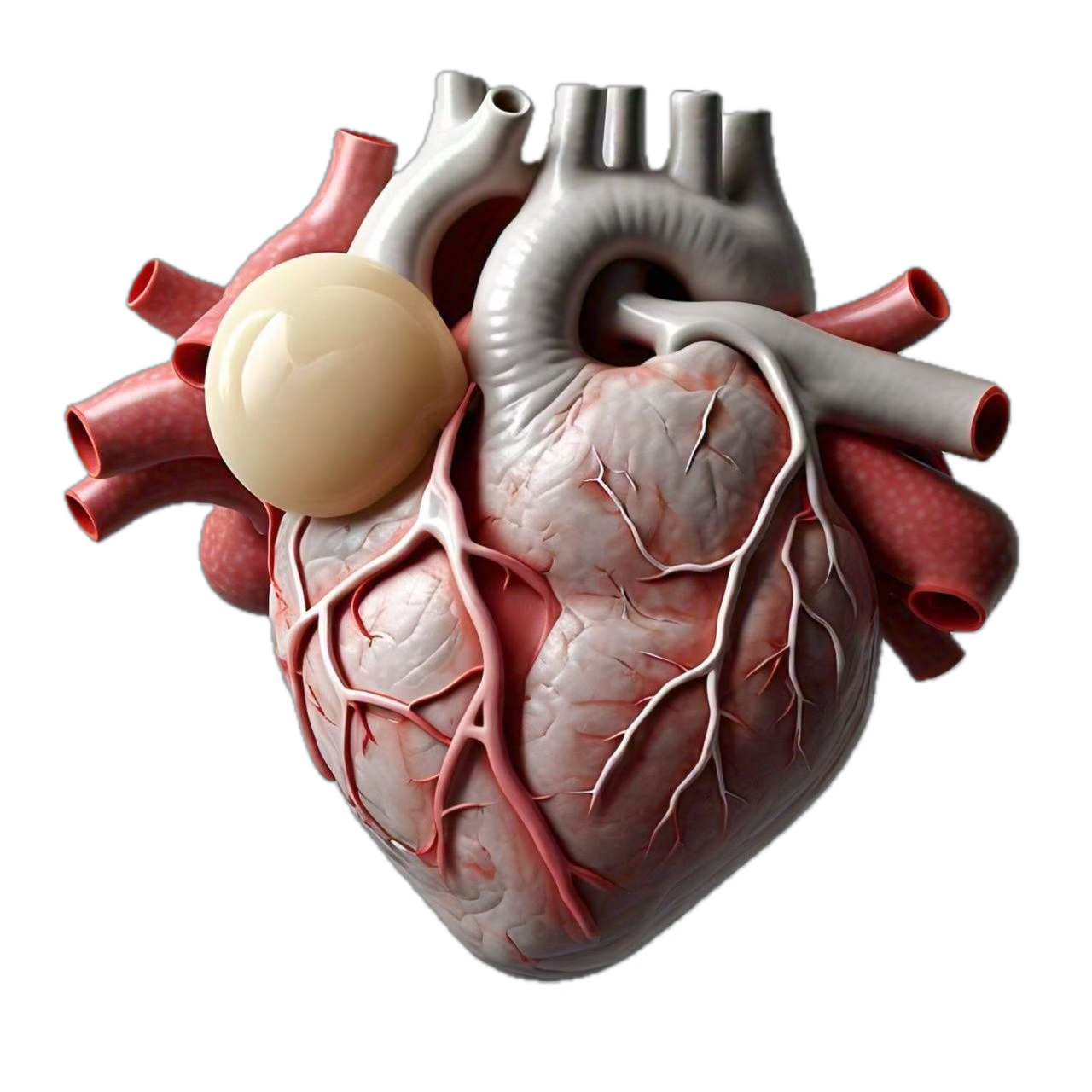The Role of the Pericardium
The pericardium is a double-walled sac that encapsulates the heart and the roots of the great vessels; it is comprised of the outer fibrinous pericardium and the inner serous pericardium. In normal hearts, there is 15-50 mL of serous fluid within this space that serves as lubrication; this reduces friction on the epicardial surface.
The fibrinous components connect to the diaphragm and breastbone to keep the heart in a fixed position and protect it from external trauma. The pericardium also serves as a barrier from infection, inflammation, or extracardiac malignancies. This lesson includes 4 case videos and a CT scan correlation to explore the assessment of pericardial cysts with echocardiography.




